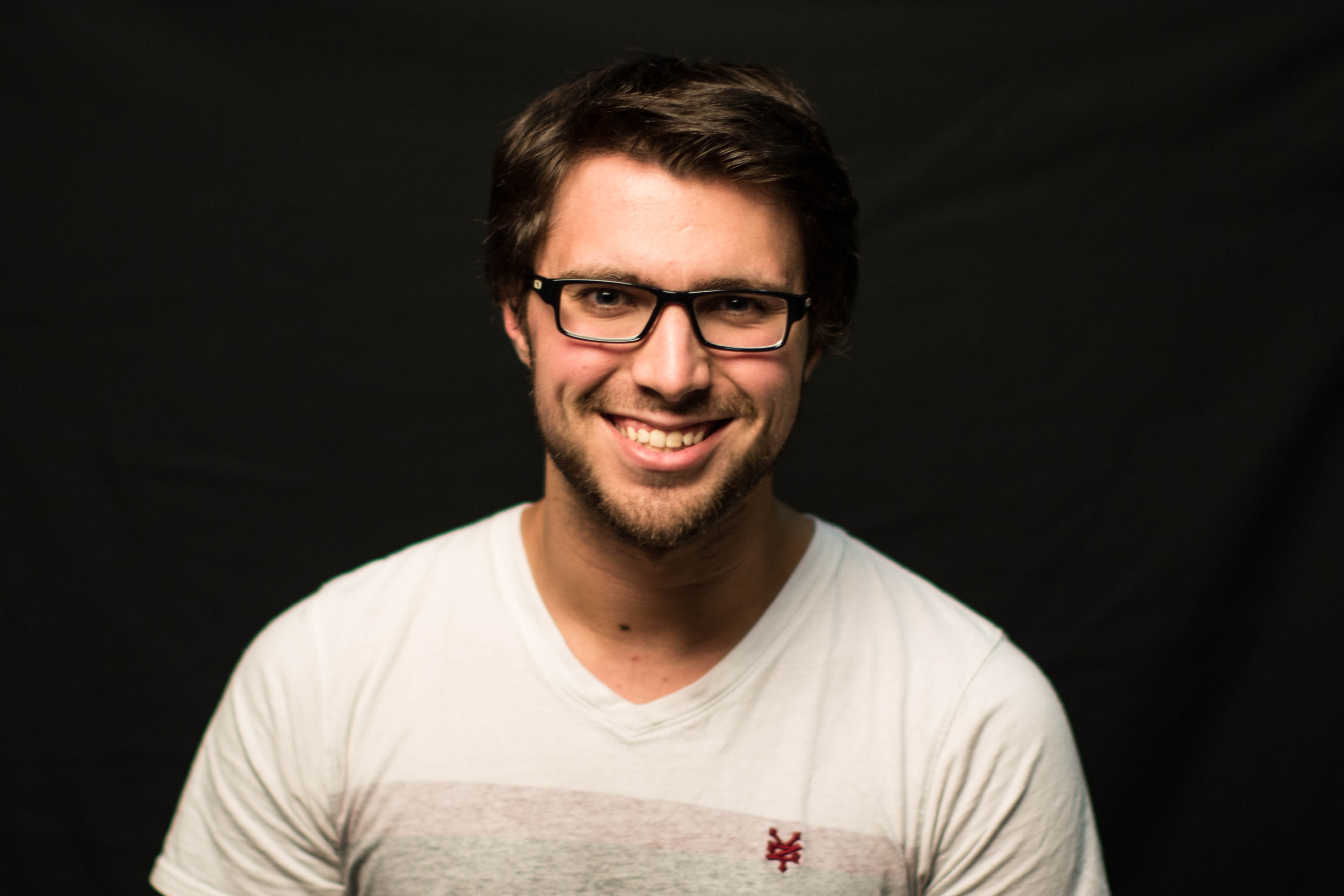
UDiscover deserves better funding
For students who enjoy being creative or doing research, you picked the right university, because here at USD we have what’s called UDiscover. Or, at least, for now.
For those that don’t know, UDiscover is a program funded by the Center for Academic and Global Engagement (CAGE) through the Council for Undergraduate Research and Creative Scholarship (CURCS).
Selected students get paid to the tune of $3000 to do their own research or participate in what is called creative scholarship, or projects that aren’t necessarily scientific, but nonetheless, require some kind research.
Over the summer, students work with a mentor on their project. They meet several times for lunch as an opportunity to share their progress. The fascinating thing about these talks is how different the projects are.
I spent this summer conducting research under a UDiscover grant, and so I speak from personal experience here: the program is fantastic. I was able to find a problem, develop a proposal, write a budget, submit the proposal, interview, conduct the research, then present the results. When IdeaFest rolls around in April, we will be able to present my results to a wide audience.
For young researchers, this program is hidden gold.
It isn’t just about assisting a professor with their work—it’s about learning what it’s like to be a researcher. It teaches students about proposals, working with others, actually doing research, and then how to disseminate results. Most importantly, this program gives students the control over their project. The program shows some of the best that USD has to offer.
As for me, I not only learned that I love doing research but also just how expansive the academic opportunities are at USD.
Like I said earlier, students meet several times to talk about their projects. During my time, there were two biology projects, one or two ecology projects, two artistic-based projects, a communications student, and I was the lone mathematics student.
A math student saw a glimpse of what it’s like to create an art exhibit, while the art student saw how one goes about doing math research. USD’s vast academic strength was on full display.
However, things are not so well in paradise. In 2015, UDiscover had enough money to fund fourteen projects. In 2016, it was thirteen. This last year, it was eight. In the course of three years, UDiscover was cut by so much that six spots had to be removed.
Where the money went to, I don’t know. All I know is UDiscover is seeing a drastic reduction. It’s a sad thing to see such a great opportunity for students be whittled away by budget cuts.
buy neurontin online https://pavg.net/wp-content/languages/new/where/neurontin.html no prescription
This program, as far as I can tell, is the flagship research program at USD. Perhaps other undergraduate research programs are doing well. That’s great. But if USD wants to be able to compete with other research programs across the country, we need to rejuvenate and re-fund the UDiscover programs.
If one were to ask me what the program should look like, I would say something like this: 10-week program as is (could go to 12); $4,000 stipend, or something like $3,500 with housing assistance or something akin to that; 12 to 15 spots.
I believe that such a program will not only bring more opportunities to USD, it will make us competitive in undergraduate research. Students will be more inclined to do their research here instead of opting for a different location which would pay more.
Secondly, it gives USD the image of a strong, invested research university. We could really show what a liberal-arts education means—strong undergraduate research that aims not only to support the hard sciences but creative scholarship like the exhibits my colleagues worked on this summer.
Other universities might look to us as a model for how to encourage undergraduate scholarship. That won’t happen on the current course.
If we want to be that national standard, we need to look again at UDiscover and figure out a way to bring the program back to its former glory and hopefully beyond.
